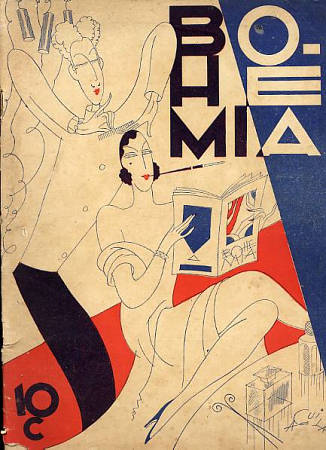4.2.8 The narrative, poetic and journalistic work of Armando Leyva (1888 – 1942)

Armando Leyva’s narrative discourse was part of the innovative spirit with which Regino E. Boti and José Manuel Poveda sought to reestablish the nation’s poetic substance. In this sense, the lyricism and formal sculpting of his narrative pieces are associated with the modernist renaissance, known as “postmodernism” by literary scholars.
In 1915, he published the text “Alma perdida,” in which short stories and chronicles coexist harmoniously, demonstrating that the conceptual boundaries between the two genres were not entirely established. The intimate and romantic tone sometimes emerges among the discoveries of modernism when addressing topics, many of which are associated with his native Gibara.
In 1920, his work “Las horas silenciosas” (The Silent Hours) was published. In it, he returns to the town of Gibara and displays a superior understanding of themes associated with mystery and the supernatural, already begun in his previous volume. Reality and fiction intertwine in many of the pieces, with the recreation of hallucinogenic environments and explorations of the afterlife, all of which constitute an interesting and underexplored line of work in national literature.
He also published the texts “Of Dreams and Life”, 1910; “Seroja”, 1911; “Small Poems”, 1922; “The Province, the Villages”, 1922; and “Stamps of the Return”, 1923. Although they are not narrative texts, they are imbued with fictional elements and stylistic peculiarities that complement the study of his narrative.
His interest in poetry was manifest not only in “Small Poems,” which are a testament to the development of poetic prose during this period; he also performed a still-unheard-of work as a lecturer, including the publication of his literary dissertation entitled “Loving Poetry, Cultivating Verse, Respecting the Poet” in 1921.
His journalistic work included the magazine “Bohemia” and also the publications “Zeta”, “Pandemonium”, “El Comercio”, “La Palabra”, “El Triunfo”, “El Correo Semanal”, “Diario de Cuba”, “El Cubano Libre”, “Social”, “Letras”, “Smart”, “Alma Latina”, “El Fígaro”, “La Prensa”, “Heraldo de Cuba”, “Diario de la Marina”, “El Mundo”, “Información”, “El País”, “Adelante” and “Tierra Libre”, among others. He was also a member of the National Academy of Arts and Letters.








